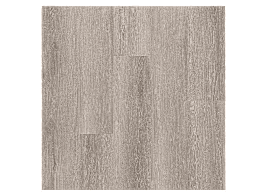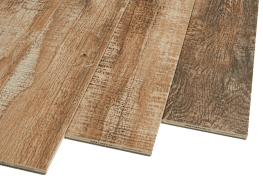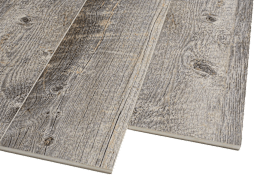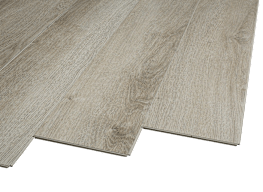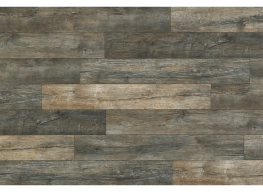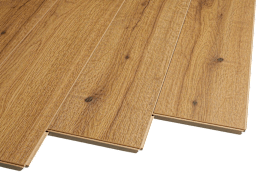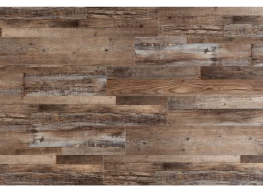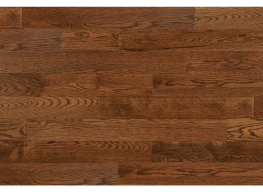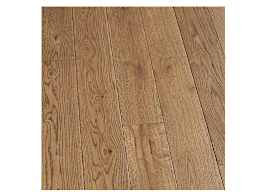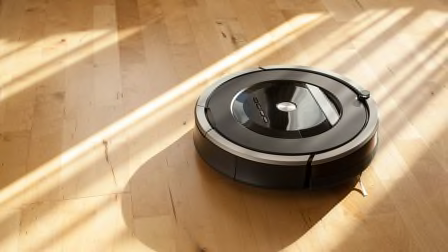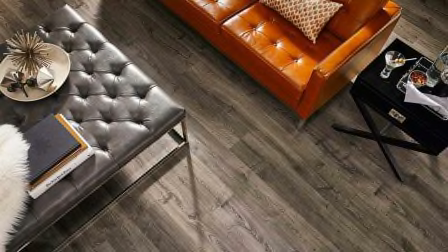Most Durable Flooring for High-Traffic Areas in Your Home
For kitchens, mudrooms, and hallways, consider a wear-and-tear-resistant flooring such as laminate, porcelain, vinyl, or prefinished solid wood
When you shop through retailer links on our site, we may earn affiliate commissions. 100% of the fees we collect are used to support our nonprofit mission. Learn more.
Choosing the right flooring has traditionally meant a compromise between looks and durability. But with new technology, that’s no longer the case.
Skip Ahead
• Best Best Flooring: Laminate, Porcelain Tile, Vinyl, Prefinished Solid Wood
• Key Takeaways From Our Test Results
Most Durable Laminate Flooring
Laminate flooring can resemble almost anything: stone, tile, or wood. That’s because it’s composed of a photograph sandwiched between a dense fiberboard base and a clear plastic protective top layer. The repetitive patterns of laminate boards, however, can betray their fakeness.
Because laminate is sealed with a tough wear layer, it is extremely durable. Unfortunately, a potential downside is that you’ll have to replace the flooring once its top layer has worn through because it can’t be sanded like refinished wood can.
Most Durable Porcelain Tile Flooring
A classic flooring material, tile resists wear, moisture, scratches, and stains. But installing porcelain tile can be challenging, as poor installation can lead to cracks, so it might be best to hire a professional.
These porcelain tile choices boast impressive resistance to foot traffic, scratches, water spills, and flooding, as well as ultraviolet light from the sun. (You can expect the other colors of these products to perform similarly.)
Most Durable Vinyl Flooring
This type of flooring is especially good at fending off wear, dents, scratches, discoloration from sunlight, and stains—making it appropriate flooring for high-traffic areas. It’s relatively easy to install—particularly as tiles or planks—and comes in a wide array of color and design choices. Premium brands can resemble stone, tile, and even wood. But even the best of these products fail to mimic the real thing up close.
These two vinyl flooring options are equally impressive at resisting scratches, dents, color change from sunlight, water spills, and flooding. They also resist foot traffic, stains, and slipping very well.
Most Durable Prefinished Solid Wood Flooring
If you still hanker for wood in a high-traffic area, opt for the real thing. A major benefit of real wood is that it can be refinished many times, says Larry Ciufo, who leads flooring testing at Consumer Reports, while you may be able to refinish some engineered-wood products just once.
Prefinished solid wood in general can be installed more quickly and skip the dust, fumes, and drying time required for wood floors finished on site. But, one downside is they can expand and contract with varying humidity levels and can dent easily, making them not a good choice for basements and other damp spaces. These two models do a solid job at resisting stains and water, and are available in light, medium, and dark shades.
Key Takeaways from Our Test Results
Generally, wood and engineered wood—that is, layers of plywood and other materials topped with a thin slice of real hardwood veneer and a protective coating—don’t stand up well in high-traffic areas. When faced with the abrasion machine in Consumer Reports’ surface-wear tests—a stand-in for the abuse of high-traffic areas—most of the prefinished solid-wood and engineered-wood products in our recent evaluations received only a satisfactory or less-than-satisfactory rating.
The unimpressive performance of prefinished solid wood has to do in part with the upper “wear layer”—polyurethane, for instance—that manufacturers apply to floorboards. When Consumer Reports tests these two wood flooring types, the resulting wear is visible more quickly than for other types of flooring.
“Laminate and vinyl products are generally made of tougher stuff,” says Ciufo. Porcelain is even better for wear resistance, he adds, but it’s more expensive and trickier to install and repair.
Our top-performing flooring products in laminate and porcelain tile, and most top-performing vinyls, get superlative ratings not just for resisting foot traffic, but also stains and sunlight. But note that daily sweeping and regular maintenance is essential to maintaining the integrity of a floor’s finish, regardless of the material.
Now, however, the holy grail of flooring—the look of wood plus the strength of tile—is a reality. Porcelain tile, a relatively new flooring type, doesn’t have the “give” of a new wood floor, but appearance-wise, it’s a pretty good facsimile. And Consumer Reports’ tests found that it’s tough enough to hold up in highly trafficked areas like hallways, kitchens, and basement dens.
“Tile is the highest-rated flooring among the categories we test,” says Ciufo. “It doesn’t wear out, scratch, or stain. Its color doesn’t fade, it’s waterproof, and it is surprisingly slip-resistant, even when wet. Porcelain tile is the best choice for bathrooms, mudrooms, laundry rooms—and probably kitchens.” Why the qualifier for kitchens? "It may crack when something heavy is dropped on it," Ciufo says. Tile floors are also unforgiving when it comes to dropped glassware or dishes.
Before you make your final choice, consider these key factors.
• Vinyl, tile, and most prefinished solid flooring types are better choices when it comes to formaldehyde emissions. Just be sure to use formaldehyde-free glues when installing those materials. Prefinished solid bamboo, engineered wood, and laminates are made with glues and resins that can emit formaldehyde.
• If you’re worried that lower-cost laminate and vinyl will look fake, our experts say to mix up planks from different boxes as you lay them down. That helps to break up a repetitive pattern.
















